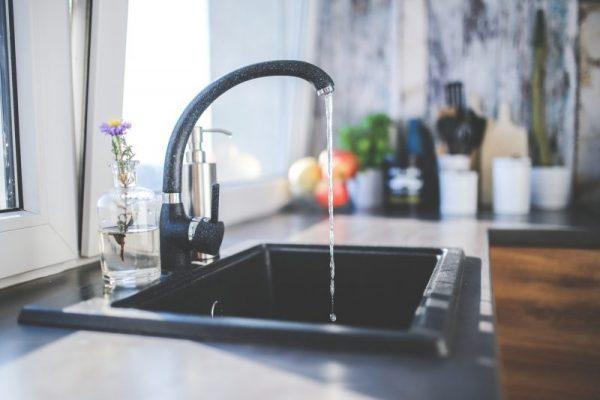How to Keep Pipes From Freezing Without Power
Prevent frozen pipes and stay safe in the event of power failure
by | Mar 10, 2017

With Michigan winter temperatures returning, it's important to care for your home during a power outage. Once your family is safe, take care to ensure the safety of your home – including your furnace and your water heater.
When heat is lost in your home and temperatures begin to drop, you begin running the risk for frozen pipes. Frozen pipes can burst, which can lead to significant damage.
If you've lost power, here are tips to treat your pipes, and keep you warm and safe:
- Running water, even at a trickle, helps prevent pipes from freezing.
- If you decide to use fuel-burning equipment, such as a kerosene heater, ensure it is vented to outside and kept clear of any vents.
- Keep garage doors closed if there are water supply lines in the garage.
- Open kitchen and bathroom cabinet doors to allow warmer air to circulate around the plumbing. Be sure to move any harmful cleaners and household chemicals up out of the reach of children.
If you decide to drain pipes:
- Locate your home's main water shut-off valve. Turn to the off position. Turn on every water fixture in the house until the water stops running.
- Open all faucets and flush all toilets in the house, starting with the top floor and working your way down.
If you need to thaw frozen pipes:
- If you turn on a faucet and only a trickle comes out, suspect a frozen pipe. Likely places for frozen pipes include against exterior walls or where your water service enters your home through the foundation.
- Keep the faucet open. As you treat the frozen pipe and the frozen area begins to melt, water will begin to flow through the frozen area. Running water through the pipe will help melt ice in the pipe.
- Check all other faucets in your home to find out if you have additional frozen pipes. If one pipe freezes, others may freeze, too.
- Once power is restored in your home, apply heat to the section of pipe using an electric heating pad wrapped around the pipe, an electric hair dryer, a portable space heater (kept away from flammable materials), or by wrapping pipes with towels soaked in hot water. Do not use a blowtorch, kerosene or propane heater, charcoal stove, or other open flame device.
- Apply heat until full water pressure is restored. If you are unable to locate the frozen area, if the frozen area is not accessible, or if you cannot thaw the pipe, call a licensed plumber.
Stay Warm and Safe
- Go to a designated public shelter if your home loses power or heat during periods of extreme cold.
- Protect yourself from frostbite and hypothermia by wearing warm, loose-fitting, lightweight clothing in several layers. Stay indoors, if possible.
- Never use a generator, grill, camp stove or other gasoline, propane, natural gas or charcoal-burning devices inside a home, garage, basement, crawlspace or any partially enclosed area. Locate unit away from doors, windows and vents that could allow carbon monoxide to come indoors.
How to Keep Pipes From Freezing Without Power
Source: https://empoweringmichigan.com/prevent-frozen-pipes-stay-safe-event-power-failure/#:~:text=Running%20water%2C%20even%20at%20a,supply%20lines%20in%20the%20garage.
0 Response to "How to Keep Pipes From Freezing Without Power"
Post a Comment